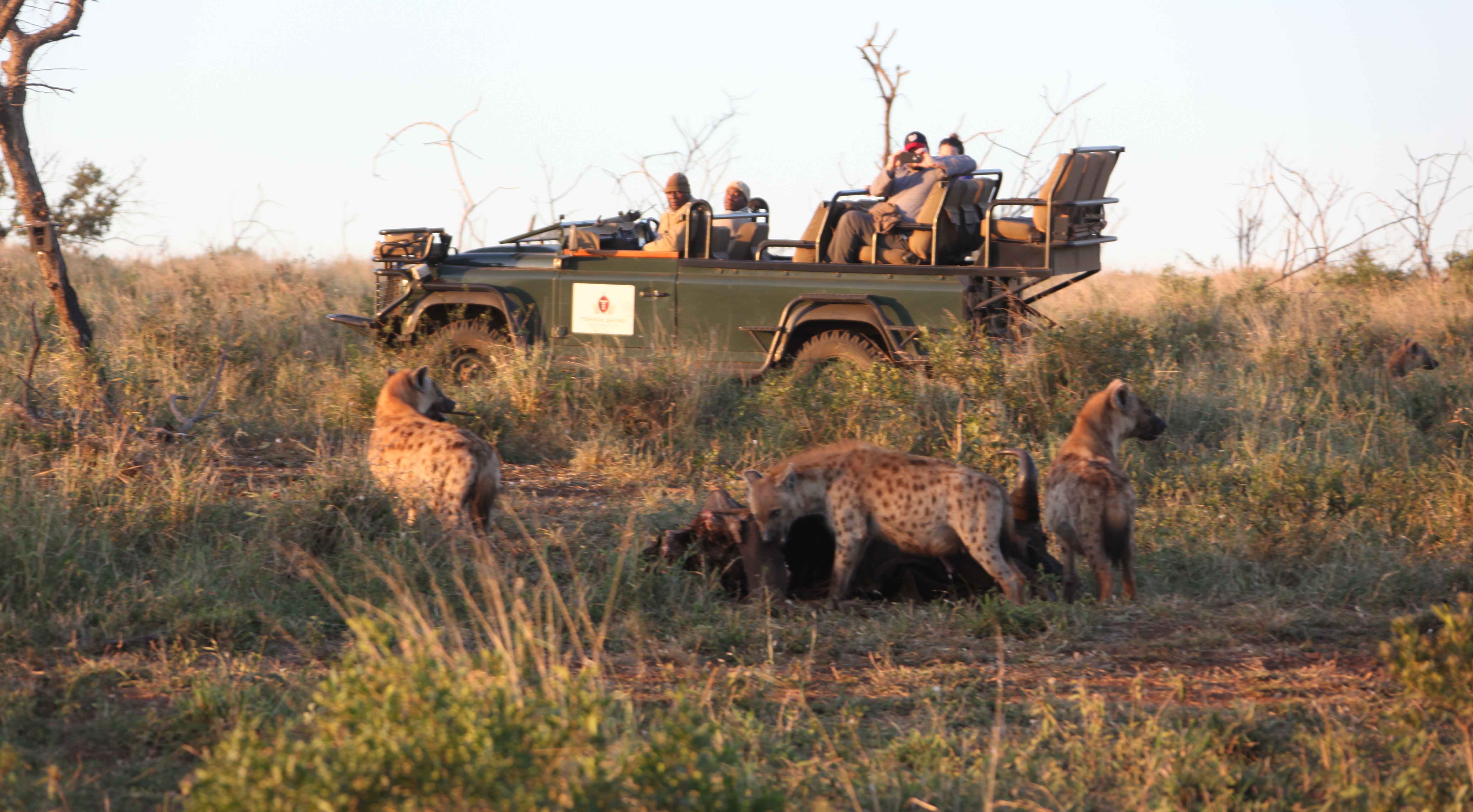
CAROLINE HURRY glamps it up at the Thanda Safari Tented Camp
The overuse of word ‘dream’ in every holiday brochure has made it redundant, weighed down with expectations rarely met. I prefer the Zulu word umoya meaning life force, easily unbalanced by stress or neglect of the ancestors.

While a good Sangoma can bend reality to bring umoya back into harmony, it takes a tracker like Nhlanhla Msweli of Thanda Safari to enhance our understanding of the Zulu culture. Regal as a tribal chief, and equally loquacious, Nhlanhla explains in his evocative cadence how the fibres from a Magic Gwarrie (Euclea divinorum) branch can be used to brush teeth, divine water, or carry food, but most prized is the buffalo thorn (Ziziphus mucronata), used by the Zulu people to snag the spirits of their loved ones and bring them home.
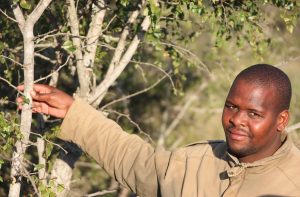
“Let’s say Uncle George passed away in Richard’s Bay. We will bury his body at home but one of the relatives will go to the place he died, put a (Ziziphus mucronata) branch on the spot, and speak to it. He will say: ‘Listen to me, Mr George, I have come to fetch you. Just come with me, and let’s go home. We will go together.’
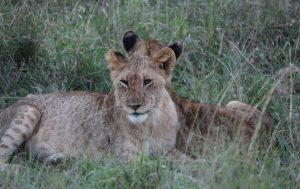
Picture: Caroline Hurry
“He will find a taxi, buy an extra seat for the branch, turn to it and say: ‘We are taking the taxi now, Mr George. We will cross the river and stop at Empangeni to buy a beer for you and a coke for me’.
“When the relative gets home, the family will be waiting for him with a goat.
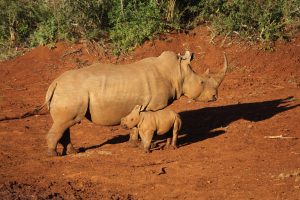
“The goat will eat a few leaves from the buffalo branch before being slaughtered, and small pieces of its liver and intestine are burnt to ashes for the ancestors. Afterwards, what’s left of the branch is put on his grave. We eat the rest of the goat and the old people who might soon be joining Uncle George, drink his beer.
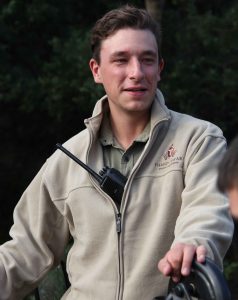
“The thorns of the (Ziziphus mucronata), branch point both backwards and forwards, which serves as a reminder for our people to look to the future but not forget the past. We will also never cut the buffalo thorn before the first rains because that will cause the drought.”
Wow! Nhlanhla’s evocations are as thrilling as the animal sighting on this 14 000-hectare private game reserve, and that’s saying something. We saw elephant, giraffe, nyala, buffalo, a white rhino mother nuzzling her calf at a waterhole, and lions so close you could have touched them, although body parts are best kept to yourself in this neck of the woodlands. And oh, the hyena!
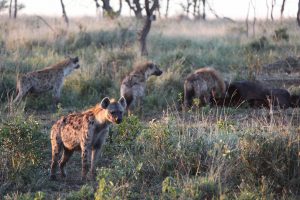
In the early hours, their spine-tingling whoops outside our tent ‒ safari chic with polished wooden floors, private sun decks, and starlit showers ‒ sounded as melodious to my ear as the Drakensberg Boys choir. On a pre-dawn game drive, wrapped warm in blankets, we came across four hyenas feasting on a buffalo carcass watched by crows and vultures from the acacia trees.
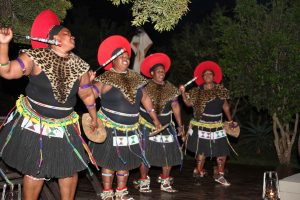
Our ranger Greg Sims was explaining that female hyena rule, but as the rising sun further illuminated the indescribable beauty and harshness of that primal scene, I realised in an instant that my own life-force, my umoya, had returned.
So much so, that later that evening before a sumptuous dinner, I needed no second invitation to join a posse of nubile Zulu maidens in a traditional line dance. No Sangoma required.


